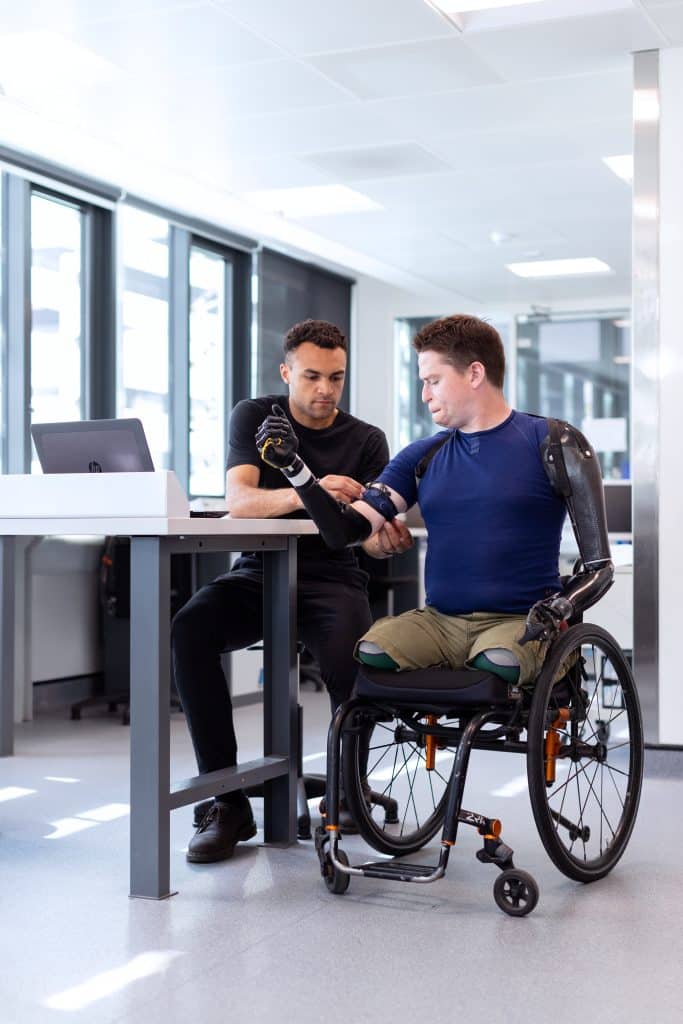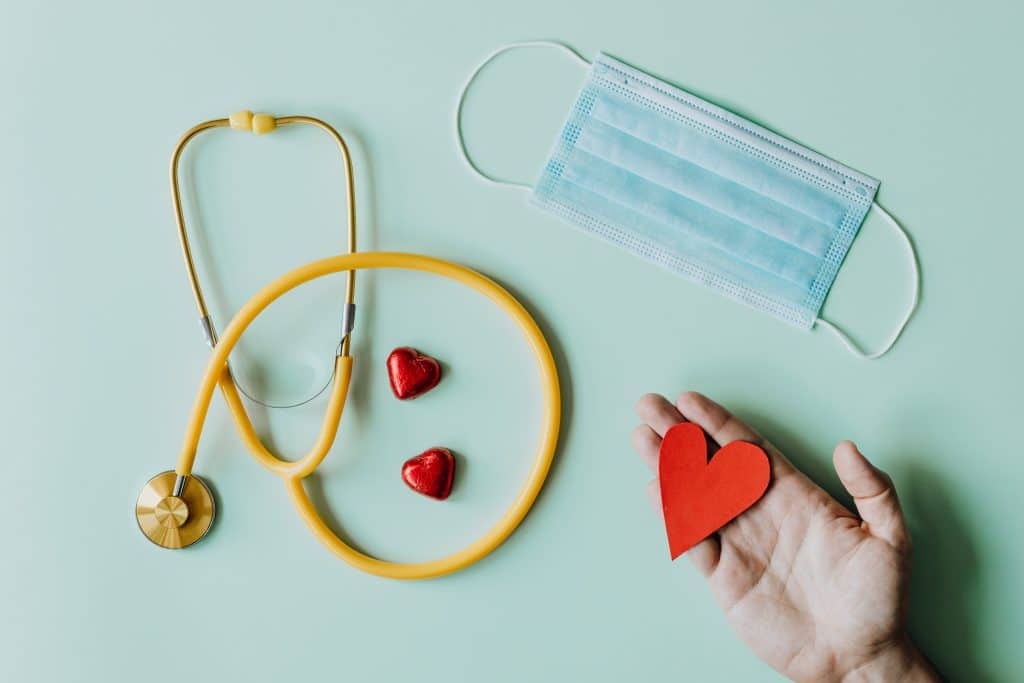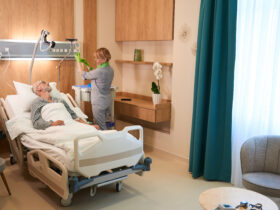Technological developments have significantly impacted different sectors to improve efficiency and productivity. Some notable advancements have positively impacted treatment procedures, especially regarding the healthcare sector. But still, some challenges need the attention of the relevant healthcare departments. Healthcare authorities have different concerns, from system-level challenges such as procurement to technical issues like power outages. Any development in the medical and healthcare field also impacts the performance of doctors and nurses. It helps them improve their diagnosis procedures and to ensure quality care.
Despite the technological innovations, society still does not entirely trust healthcare organizations. Because they never know when something like “coronavirus” will shatter the world again and cause the loss of precious lives. Medical science almost took over a year when the death toll of the COVID-19 pandemic crossed the figure of millions across the world. Although the vaccine has played a vital role in making the situation stable still there is nothing certain. The role of healthcare engineering is crucial in this regard as it helps in the creation of antidotes and also improves the diagnosis. The healthcare sector can’t progress without addressing the current healthcare engineering challenges. Let’s find out the most overlooked aspects of healthcare engineering.
Keeping Track of Service Equipment
One of the most critical aspects of health systems engineering is monitoring and maintaining the medical equipment. It can be challenging when you have to keep track of equipment of multiple facilities. The latest healthcare machinery requires continuous testing and calibration. Any carelessness in this regard can affect the functioning of equipment that will lead to poor healthcare operations.
It is tough to coordinate service secludes for equipment because servicing recommendations differ in equipment provided by manufacturers. So, the clinical staff is not confident about what to do in such circumstances. Some equipment requires preventive maintenance more often than others, which is another challenge for the healthcare staff.
Lack of Training
One of the main obstacles while introducing or implementing any new technology in the healthcare facility is the training. No user manual is provided with the latest healthcare equipment, making it almost impossible for the staff to perform the necessary tasks. Even if the user manual is provided, then the issue of language barrier occurs as most of them are not published in the local language.
So, without any hands-on experience and previous knowledge, it becomes stressful for the clinical staff to handle this situation. If the staff knows nothing about equipment handling, how can anybody expect maintenance of the medical devices?

Relevant organizations like EWH (engineering world health) must take notice of such issues. Arranging training programs in different healthcare programs makes it possible to train and make medical staff familiar with the latest advancements. It will improve the productivity and efficiency of the entire medical staff and significantly impact patients’ treatment and recovery.
Lack of Resources
Regardless of how good the technology is, if there are insufficient resources to handle or maintain it, it is suitable for nothing. One of the biggest challenges of healthcare engineering is to manage the medical equipment in low-resource facilities. Due to lack of power infrastructure, continuous power outages occur that affect the functioning of the equipment.
Also, power is expensive in underdeveloped countries, which makes the handling of medical equipment more difficult. Most of the devices are power-intensive and constant fluctuations can damage them, which can cause heavy loss.

According to EWH, power surges have caused countless equipment failures by damaging components. Also, the battery backup systems have not proven to be the right solution due to low quality and overuse. Poor internet connectivity and lack of water supply are also the issues that create hurdles in operating the equipment properly.
Unavailability of Spare Parts
Due to plenty of reasons, spare parts of different medical equipment are not available, which remains a big challenge. Components with low cost are readily available in the market. Still, EWH has stated that much of the latest equipment is not in use due to the unavailability of components.
The only way to get such spare parts is by giving the order to the manufacturer at a high cost. It can be a time-consuming process that involves the procurement process of the government, hospital, healthcare system, or manufacturer.
The Durability of the Equipment
It is mandatory to design equipment that can work in harsh environmental conditions. Many hospitals operate in dusty and open-air regions, which means the equipment must be durable to produce maximum efficiency in the operating environment.
If such equipment is provided to healthcare centers that have passed its lifetime, how can you expect durability from it? Priority should be given to all medical equipment maintenance so that it should not be affected by any environmental change.
Conclusion
Survival is impossible in the current healthcare landscape without the shield of technology and the latest medical equipment. So, all relevant healthcare organizations and departments across the globe must address the healthcare engineering challenges and issues. It will ensure stability in the healthcare sector. It will positively impact patients, doctors, nurses, and every person involved in the healthcare sector.














Leave a Reply